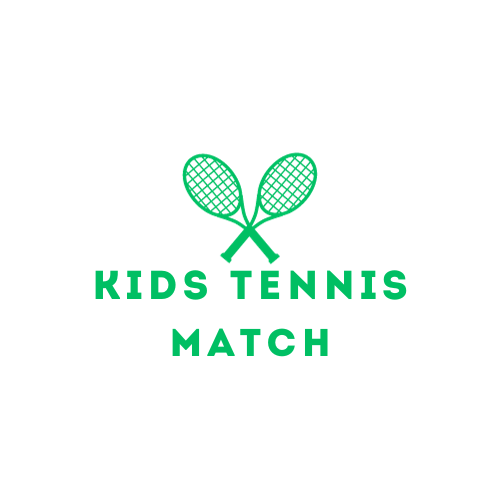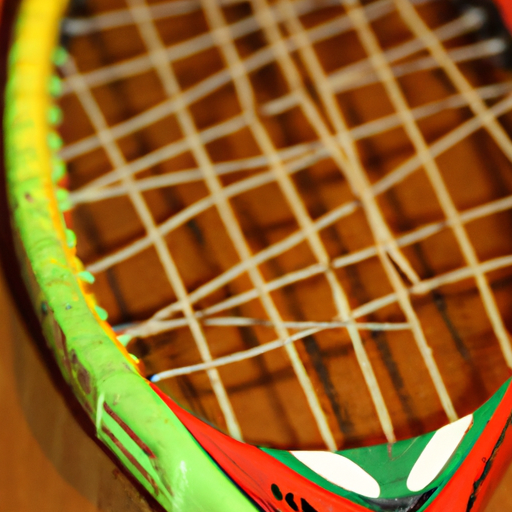Is your child showing an interest in tennis? You may find yourself wondering whether they can use a regular tennis racket or if they need a junior-sized one. Finding the right racket size and weight for your child can greatly impact their performance on the court. In this article, we will explore the factors to consider when choosing the right racket for your child and provide you with the information you need to make an informed decision. Let’s dive in!
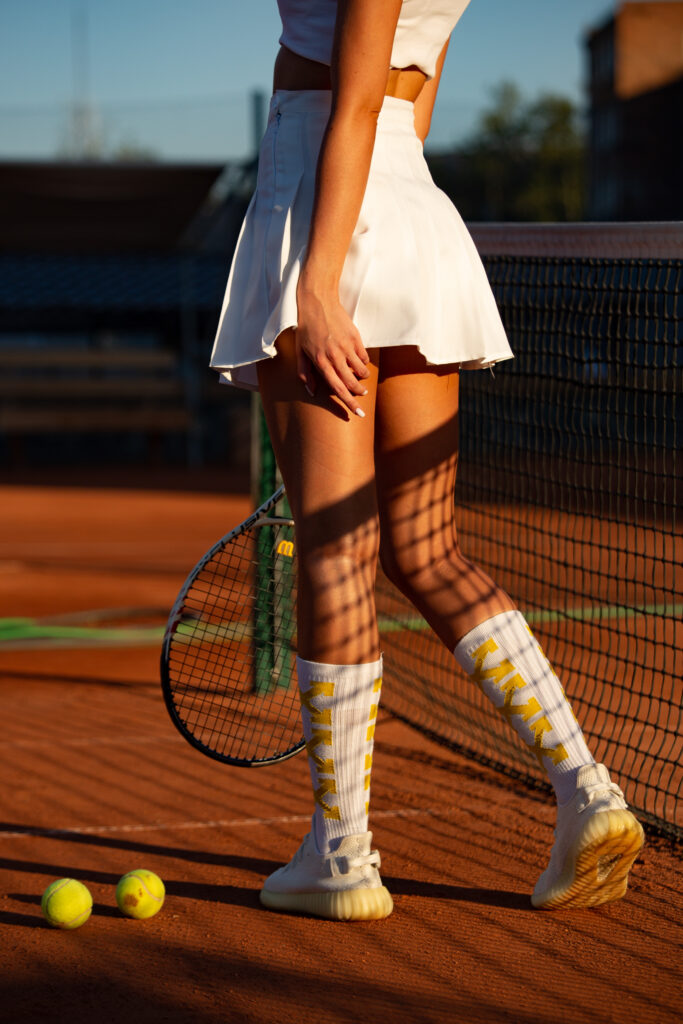
Factors to consider when choosing a tennis racket for a child
When it comes to choosing a tennis racket for your child, there are several important factors to consider. The age and height of your child, their physical strength and coordination, their playing level and technique, the grip size and weight of the racket, the length of the racket, the head size, string tension, budget, and expert recommendations all play a role in finding the perfect racket for your child’s needs.
Age and height of the child
The age and height of your child are essential factors to consider when selecting a tennis racket. Using the appropriate racket size for a child has several benefits, including better control, improved technique, and reduced risk of injury. It is crucial to match the racket size to your child’s age and height to ensure they can handle the racket properly.
Different age groups correspond to specific racket sizes. For children under five years old, a 19-inch racket is suitable. Ages 6 to 8 typically require a 21-inch racket, while ages 9 to 10 might benefit from a 23-inch racket. As children grow older, they may progress to larger racket sizes. Adjusting the grip size is also important to ensure proper control and comfort for your child.
Physical strength and coordination
Physical attributes such as strength and coordination play a significant role in choosing the right tennis racket for a child. Children with higher levels of physical strength and coordination can handle slightly heavier rackets, which may offer more power and stability. On the other hand, children with slower development may need lighter rackets to facilitate better swing speed and maneuverability.
Balancing power and maneuverability is key when considering a child’s physical attributes. It’s essential to choose a racket that provides a good combination of both, based on your child’s current level of physical strength and coordination.
Playing level and technique
The playing level and technique of your child also influence the racket choice. The size of the racket can impact technique development, as a smaller racket may be easier for young players to control and maneuver. However, as they progress and develop better technique, transitioning to a larger racket can help accommodate their improved skills and provide more power in their shots.
Keep in mind that the racket should support your child’s playing level and provide room for growth. Gradual transitions to larger rackets can help them adapt to the changes and continue to improve their technique.
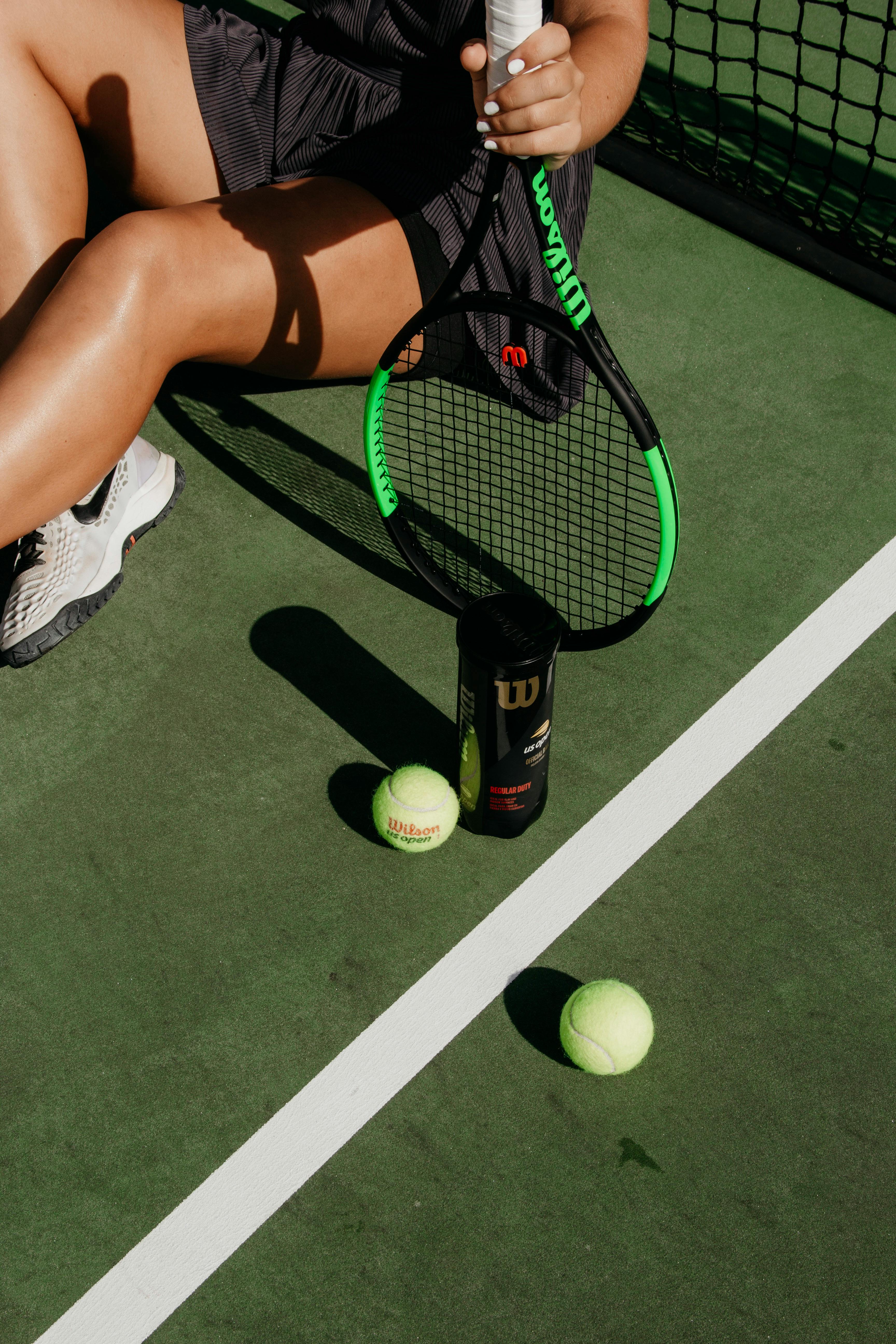
Grip size
Choosing the correct grip size for a child’s tennis racket is crucial for comfort and control while playing. A grip size that is too big or too small can lead to discomfort, affect their ability to hold the racket properly, and hinder their performance. It’s essential to measure the suitable grip size for your child to ensure a comfortable and secure grip.
To measure the grip size, have your child hold the racket with their dominant hand and measure the distance between the tip of their ring finger and the second bottom lateral crease on their palm. This measurement will help determine the appropriate grip size for their hand. Alternatively, you can choose a racket with an adjustable grip size, allowing you to modify it as your child grows.
Weight of the racket
The weight of the tennis racket plays a significant role in swing speed and maneuverability. A heavier racket can generate more power and stability, but it may be challenging for a child to handle if it exceeds their strength level. A lighter racket, on the other hand, offers better maneuverability and swing speed, making it suitable for children with less physical strength.
It’s crucial to match the racket weight to your child’s strength to avoid strain and fatigue during play. A lighter racket is generally recommended for younger children or those with less physical strength, while older children or those with more strength can handle slightly heavier rackets.
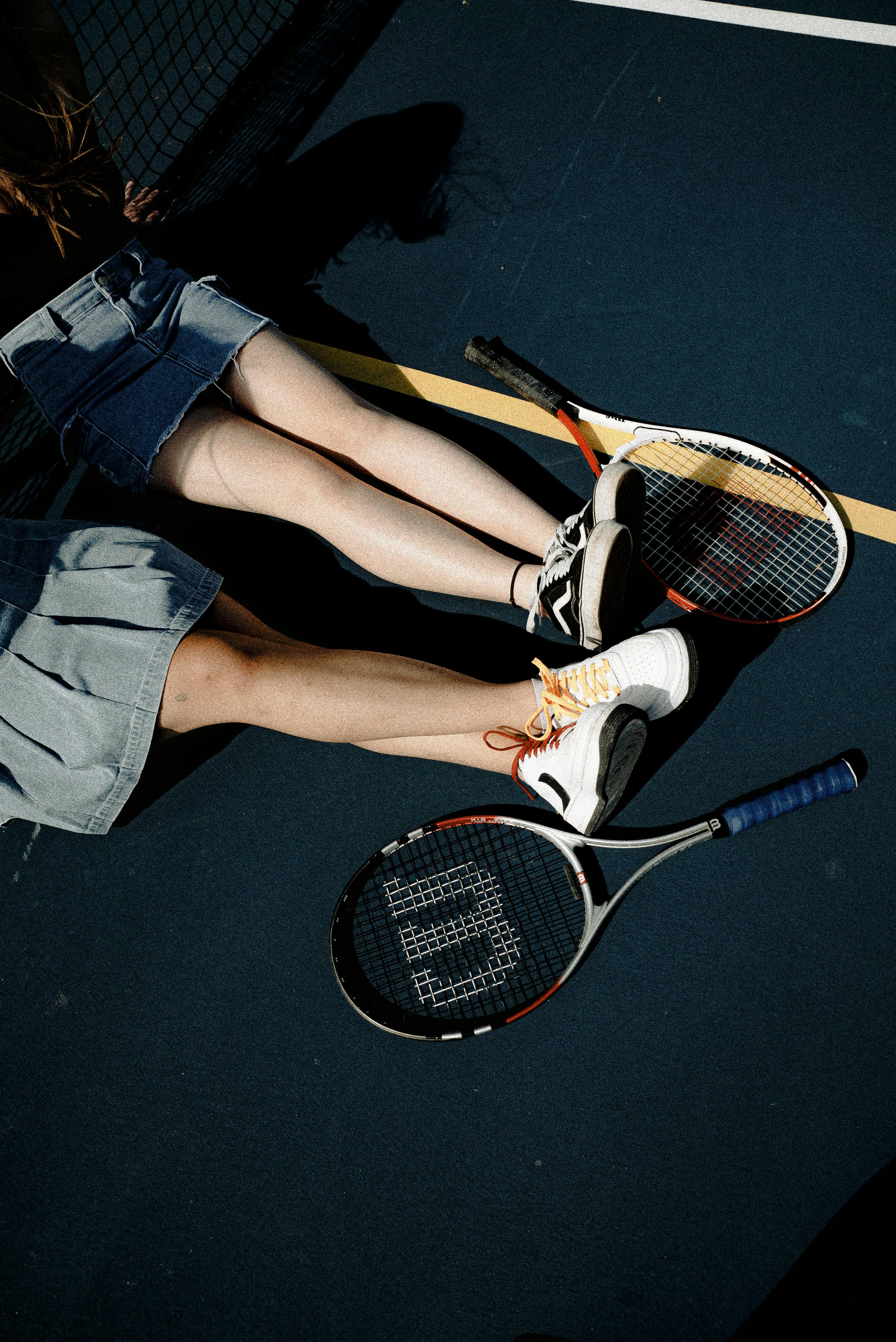
Length of the racket
Choosing the appropriate racket length is important to ensure your child’s reach and control while playing. A racket that is too long may be difficult to handle and control, while one that is too short may limit their reach and power. Consider the length of the racket based on your child’s age and height to find the right balance between control and power.
For younger children, shorter rackets are typically recommended to enhance control and maneuverability. As children grow older, longer rackets may provide additional reach and power. It’s important to consider your child’s physique and current playing level when deciding on the ideal length of the racket.
Head size
The head size of a tennis racket plays a role in determining the sweet spot and power of the shots. A larger head size provides a larger sweet spot, making it easier for beginners to make contact with the ball and generate power in their shots. However, larger head sizes may sacrifice some control and precision.
It’s important to understand the trade-offs between head size and control when choosing a racket. For beginners or younger children, a racket with a larger head size can be beneficial in helping them develop their technique and generate power. As they improve their skills, transitioning to a racket with a smaller head size can help refine their control and precision.
String tension
String tension in a tennis racket affects both power and control in shots. Higher string tension provides more control but may sacrifice power, while lower string tension offers more power but may affect control. Finding the suitable string tension for a child requires considering their playing style and skill level.
For junior players, a lower string tension is generally recommended to allow for more power and forgiveness in their shots. However, it’s important to consider durability and the need for restringing more frequently when opting for lower string tension.
Budget
Budget is an important factor to consider when choosing a tennis racket for your child. Rackets can vary significantly in price, depending on the brand, features, and materials used. While it’s tempting to go for the most expensive option, it’s important to find a balance between quality and affordability.
Consider your budget and look for rackets within that range that still meet the necessary criteria for your child’s age, height, strength, and playing level. There are often affordable options available that provide excellent performance and durability.
Expert recommendations
When in doubt, it’s always helpful to seek expert recommendations. Tennis coaches and professionals have valuable insights and experience in helping children choose the right racket. They can provide guidance based on your child’s specific needs, playing style, and skill level.
Listening to advice from experts and incorporating their recommendations into your decision-making process can greatly enhance your child’s overall tennis experience. Many coaches and professionals have specific advice for parents when it comes to racket sizes and considerations for junior players. By taking advantage of their expertise, you can ensure your child has the best possible racket for their tennis development.
In conclusion, choosing a tennis racket for a child involves several important factors. Considering the age and height of the child, their physical strength and coordination, playing level and technique, grip size, weight, length, head size, string tension, budget, and expert recommendations are all key in finding the perfect racket. By exploring these factors and making an informed decision, you can provide your child with a racket that supports their growth, technique, and enjoyment of the sport.
